me and a friend are programming our own console in java, but we have Problems to adjust the lines correctly, because of the width of the unicode characters which can not be determined exactly. This leads to the problem that not only the line of the unicode, but also following lines are shifted.
Is there a way to determine the width of the unicodes?
Screenshots of the problem can be found bellow.
This is how it should look: https://abload.de/img/richtigslkmg.jpeg
This is an example in Terminal: https://abload.de/img/terminal7dj5o.jpeg
This is an example in PowerShell: https://abload.de/img/powershelln7je0.jpeg
This is an example in Visual Studio Code: https://abload.de/img/visualstudiocode4xkuo.jpeg
This is an example in Putty: https://abload.de/img/putty0ujsk.png
EDIT:
I am sorry that the question was unclear.
It is about the display width, in the example I try to determine the display length to have each line the same length. The function real_length is to calculate/determine and return the display width.
here the example code:
public static void main(String[] args) {
String[] tests = {
"Peter",
"SHGAMI",
"Marcel №1",
"",
"❤️",
"❤️",
""
};
for(String test : tests) test(test);
}
public static void test(String text) {
int max = 20;
for(int i = 0; i < max;i++) System.out.print("#");
System.out.println();
System.out.print(text);
int length = real_length(text);
for(int i = 0; i < max - length;i++) System.out.print("#");
System.out.println();
}
public static int real_length(String text) {
return text.length();
}
